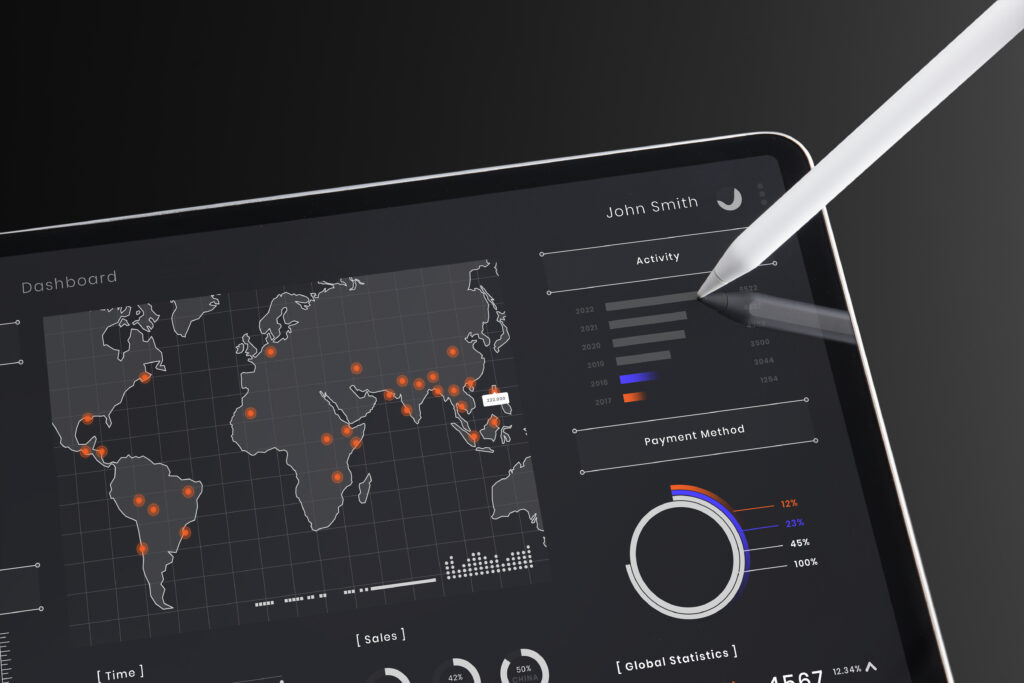Imagine a business operating smoothly on the surface—email is working, files are accessible, operations appear uninterrupted. But behind the scenes, an expired SSL certificate goes unnoticed, or a former employee’s admin credentials remain active months after departure. These aren’t dramatic failures yet—but they’re inching toward costly disruptions. That’s why quarterly IT audits that catch issues before they grow are critical. They aren’t about identifying problems after the fact; they’re about spotting trouble before it becomes real.
Routine IT audits are foundational for businesses that depend on uptime, security, and compliance. They offer a recurring opportunity to examine the state of your infrastructure, surface unseen risks, and course-correct before those risks translate into downtime, data loss, or noncompliance fines.
Why Timing Matters More Than You Think
Quarterly may feel frequent for an audit, especially compared to the more typical annual review. But in the world of evolving cyber threats, new employee onboarding, software updates, and configuration changes, a lot can shift in 90 days. And when it does, problems quietly accumulate.
Quarterly audits:
-
Catch issues early, before they mature into threats
-
Align with software patch cycles and regulatory reporting periods
-
Prevent organizational amnesia by making reviews part of ongoing routines
-
Create a predictable rhythm for accountability and review
This regular cadence doesn’t just prevent failures—it builds organizational awareness. Every audit becomes a short feedback loop that reinforces best practices.
What a Quarterly Audit Actually Looks At
An effective quarterly IT audit is more than a checklist. It’s a system-wide review designed to highlight misalignments, inefficiencies, and security risks.
Key areas of focus include:
-
Asset Inventory and Shadow IT: Are all connected devices and applications logged? Unmonitored software or unauthorized hardware can introduce vulnerabilities without oversight.
-
User Permissions and Access Reviews: Are permissions still appropriate for each role? Has access been revoked for ex-employees? Mismanaged access remains one of the top causes of breaches.
-
Patch Management and Configuration Drift: Are all systems updated with the latest security patches? Have any configurations changed unintentionally?
-
Backup Integrity: Are backup jobs running reliably, and more importantly, have they been tested for restoration?
-
License and Certificate Expiry: Are software licenses current? Are SSL certificates close to expiration? These simple lapses can create sudden outages or compliance violations.
Instead of checking these once per year, when the damage might already be done, quarterly audits allow for timely corrections, minimizing exposure.
Tangible Examples from the Field
While specifics vary by industry, the types of issues uncovered through quarterly audits tend to follow familiar patterns. Based on broader IT industry experience, audits frequently reveal:
-
Unmonitored file shares inadvertently made public, exposing sensitive financial or HR data.
-
Inactive user accounts from past employees with retained access to internal systems.
-
Routers or firewalls running outdated firmware with known security vulnerabilities.
-
Old security cameras or IoT devices are still connected to the network, running default credentials.
-
Missed backups, where scheduled jobs failed silently due to permission changes or storage limitations.
What’s notable is not the complexity of these issues—it’s how easily they go unnoticed when not deliberately reviewed.
Bridge Between Teams: Business Meets Technology
One of the least appreciated benefits of quarterly audits is their role in improving communication. Technology doesn’t operate in a vacuum. Departments often make tech decisions that affect security or compliance without consulting IT.
Quarterly audits can surface misalignments such as:
-
New software was deployed by a marketing team without security approval
-
Personal cloud storage is being used for business file sharing
-
Business-critical tools left unsupported or unmonitored
Regular auditing introduces consistent touchpoints between IT and the rest of the organization. It provides a platform for identifying unintentional risks and fostering collaboration before a regulator or ransomware attack does it for you.
From Detection to Action: The Follow-Through Matters
The effectiveness of a quarterly audit lies not in what’s discovered, but in what happens next. The audit report must be more than a PDF that collects dust. Instead, it should serve as a roadmap, outlining:
-
The severity of findings (critical, moderate, low-risk)
-
Suggested remediation steps
-
Responsible parties and deadlines
Ideally, findings are tracked over time, revealing recurring issues or improving trends. Dashboards or ticketing integrations can help ensure follow-through and transparency.
Organizations that successfully operationalize audits use them not just to detect issues, but to measure maturity.
Avoiding Audit Fatigue
Too many alerts and repeated findings can create desensitization. To avoid turning quarterly audits into background noise:
-
Rotate focal points—one quarter could emphasize security, another software lifecycle, another vendor management
-
Keep reports tailored for stakeholders: IT gets technical details; executives receive summaries focused on risk and cost
-
Highlight improvements and quick wins alongside problem areas
When audits are viewed as a proactive improvement tool, not a fault-finding exercise, engagement improves across all levels.
Internal vs. External Auditors: Why Objectivity Wins
Internal teams are often too close to the systems they manage. Not because they’re incapable, but because they’re overextended, biased by routine, or simply unaware of subtle deviations.
That’s where a third-party managed IT provider adds value. Independent audits offer:
-
A fresh, objective perspective on configurations and practices
-
Industry-specific benchmarks for comparison
-
Up-to-date knowledge of emerging vulnerabilities and mitigation tactics
More importantly, external audits remove the internal politics that can sometimes suppress inconvenient truths.
A Modern Audit Report: Clarity Over Volume
A strong quarterly audit report isn’t about delivering the thickest binder. It’s about actionable insight. It should be:
-
Concise: Prioritized issues listed first, with technical detail in appendices
-
Visual: Trend graphs comparing metrics across previous audits
-
Contextual: Explains not just what’s wrong, but why it matters to business continuity
When these reports become part of quarterly leadership reviews, they elevate IT from a utility to a strategic asset.
Shift from Reactive to Resilient
Quarterly IT audits that catch issues before they grow are more than a compliance necessity. They are one of the few opportunities companies have to steer proactively—rather than reactively—toward a secure and stable IT future.
In an environment where new risks may be developing within your infrastructure, the key question isn’t whether you can afford to perform audits every quarter; it’s whether you can afford to skip them.





